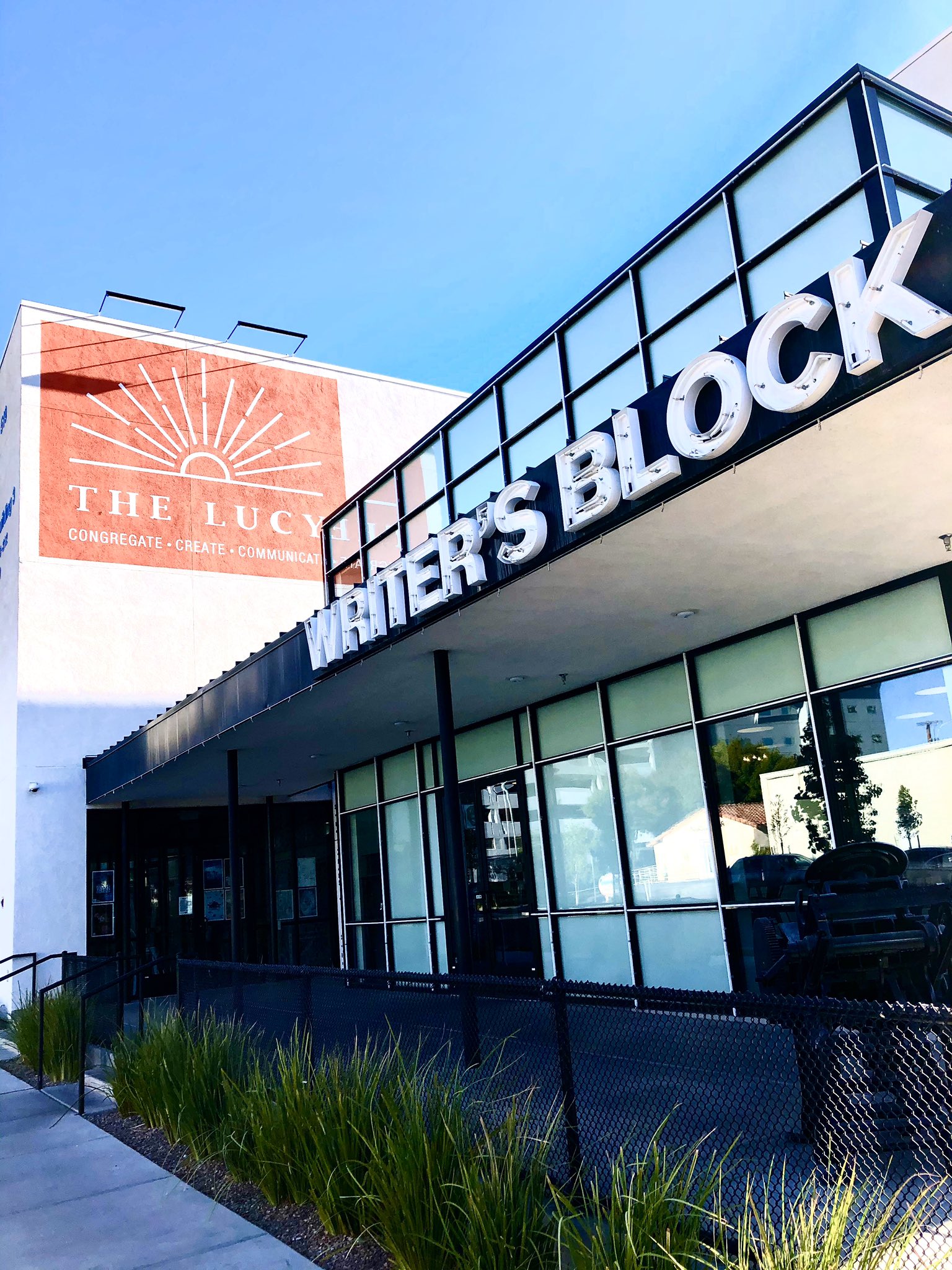 (Our Italians are finally putting on some mussels. Sorry.)
(Our Italians are finally putting on some mussels. Sorry.)
Ed. note: The following article appeared last week in John Mariani’s The Virtual Gourmet. Click here to read it in its original form.
Italian cuisine never goes out of style, and Las Vegas boasts its share of forgettable pasta palaces. But new entries – aiming for authenticity over the ersatz — have re-set the paradigm of quality when it comes to this much-abused food. While the tourist corridor has seen two famous, big city off-shoots plant their flags in the last year, off-Strip neighborhoods have been enriched by chef-driven (rather than red sauce-drenched) ristorante, and food all of them deliver is as stunning as a Ligurian sunset.
3555 S. Town Center Drive Ste 105
Las Vegas, NV 89135
702-722-2099
Mediocre Italian restaurants are as common in Las Vegas as slot machines. So it’s big news when an off-Strip restaurant opens with ambitions of doing Amalfi Coast tasting menus, Roman-style artichokes, and pitch-perfect Neapolitan pastas. Throw some superior seafood into the mix, and you have a recipe for being packed every five nights a week and impossible to get into for Sunday brunch.
Gina Marinelli is the talent behind these menus and she’s serving them for over a year from an open kitchen in one of the sleekest rooms in town. Her knack with noodles has made her a celebrity among local pasta hounds, and her facility with fish is not far behind. She travels all over the Italian map, keeping her food seasonal and her customers intrigued, unlike few, if any, local Italians ever have.
Showing her range, Marinelli offers a first rate fritto misto (with calamari and rock shrimp) alongside rigatoni Bolognese, Lombardian scarpniocc, and Tuscan short ribs. Octopus is sparked by Calabrian peperoncino, while her tricolor salad (salami, mortadella, pesto, tomatoes) somehow manages to makes a kitchen sink of ingredients sing in harmony.
Everyone sources Nigerian prawns these days, but Marinelli dresses hers up without overdoing it – by floating them in a lobster broth of just enough intensity and letting the ingredients speak for themselves. Dressings on the salads are equally demure — whether they be a sweet-sour accent to crunchy pazanella, or bitter frisée greens enhanced with a subtly tart vinaigrette and an unctuous poached egg. The Witch’s Garden of fresh veggies, to be dipped in whipped chickpeas, is at its peak in summer, and looks almost too good to eat.
Pastas change with the seasons, as does most of the menu, but that rigatoni is gut-busting (in all the right ways) no matter what time of year. It hews close to a classic Bolognese, while some of the lighter offerings (spaghetti pomodoro with blistered tomatoes, linguine vongole with Manila clams, preserved lemon and chives) tweak the recipes just enough to peak your interest without losing the soul of what made them famous. When available, the bucatini Genovese – a tangle of dandelion pesto, potatoes and green beans – is a lip-smacking example of how Marinelli innovates without losing the subtle rhythms of Italian cooking.
Big proteins are well represented – roast chicken with rapini, whole fish (usually branzino) stuffed with herbs, the obligatory sirloin – but it’s in the appetizers, pastas and salads where this kitchen really shines. Pizzas subscribe to the more is more philosophy of toppings, but there’s no denying the quality of the crust or cornicione.
Back when bars were allowed to act like bars, this was one of the liveliest in the ‘burbs. The craft cocktails are just as good these days, only now you have to take them at your table. You won’t find much to complain about on the wine list, either – it being manageable with prices well-underneath what you pay for the same bottles twelve miles to the east.
The cannolis filled with house-made ricotta are worth a trip all by themselves.
La Strega is open for dinner Tues.-Sat. and for weekend brunch. Appetizers and salads are priced from $7- $20, pizzas and pastas are in the $15-$25 range, big proteins run from $26 (chicken) to $72 (sirloin), and $8 for dessert.
Venetian Hotel and Casino
3355 Las Vegas Blvd. South
Las Vegas, NV 89109
702.414.1222
Matteo’s aims to take you on a culinary tour of Italy, in a streamlined fashion. Without the pedigree of Cipriani, what it does it does well, at a friendly price point with lots of options. It began its run in Las Vegas as an offshoot of The Factory Kitchen, a popular Los Angeles Italian once located in an actual abandoned factory. What was groovy and hip in LA made no sense in Vegas, so, less than a year after opening, the name was changed to give more of a clue to the Italian cuisine served. Thankfully, they didn’t change a thing about the food, which includes some of the best pasta in town.
The wine list is of manageable size and almost entirely Italian, with well-chosen bottles, priced to drink, rather than to soak the high rollers. There are plenty of interesting bottles in the $50-$100 range.
The next thing you’ll notice is the olive oil, the real deal from Liguria, with herbaceousness to burn and a soothing, back-of-the-throat peppery finish that lasts until next week. The soft white bread that comes with it is rather bland (just as in Italy), the better to serve as a carrier for all of those earthy notes coming from the oil.
While you’re lapping up that awesome olive oil, you’ll confront a menu with dishes you may never have heard of— ortolana; peperú; sorrentina, and mandilli di seta sit beside those you have— carpaccio, frittura, pappardelle, branzino., all of them eye-popping and mouth-dropping; all are translated into English.
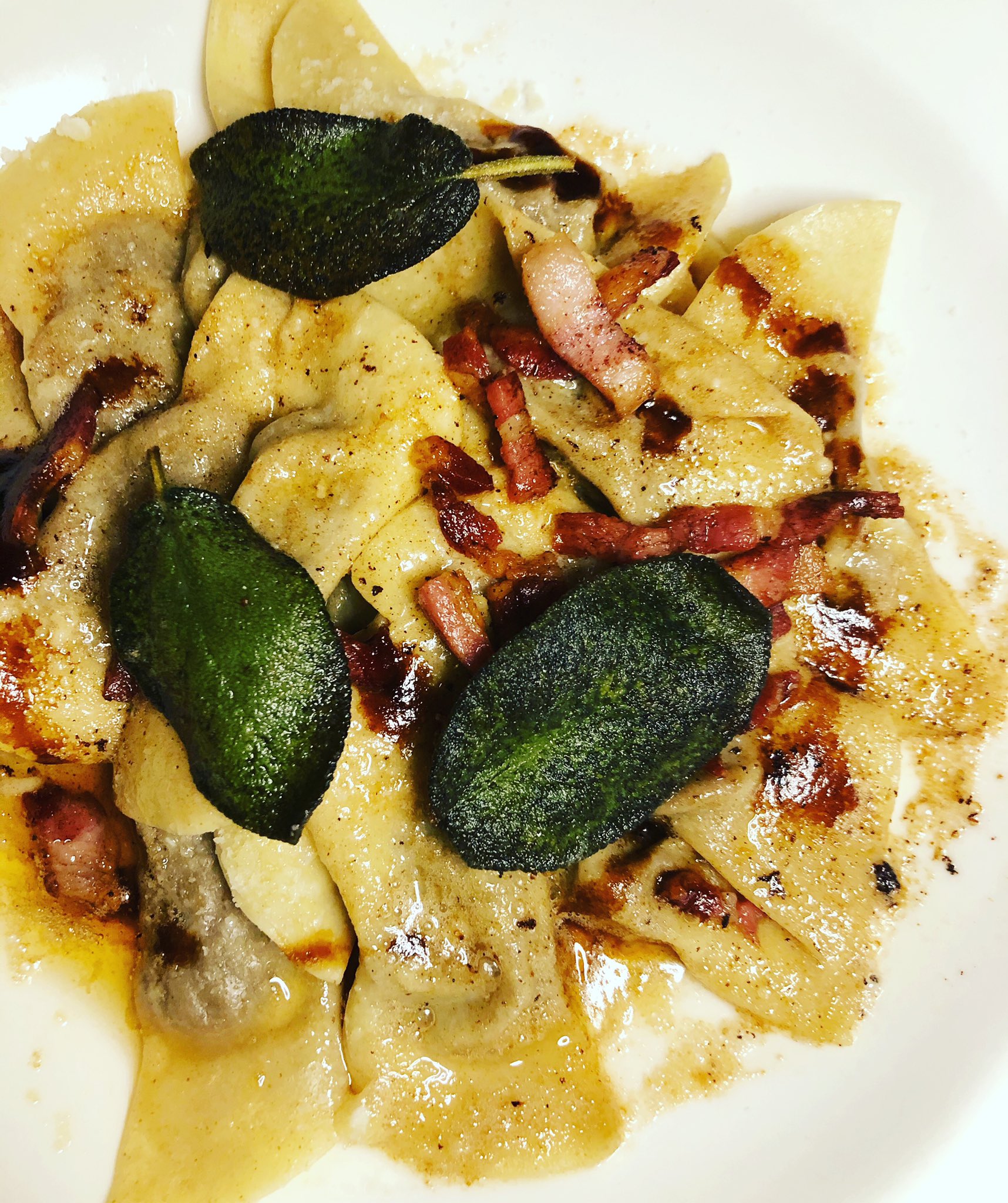
Over a dozen starters are offered, covering the Italian map from north to south. Surprises abound, such as the sweet and spicy, soft-cheese-stuffed peppers (peperú), and the tangle of bright, fresh field greens with watermelon radish and champagne vinaigrette (ortolana), or beer-battered leeks with chickpea fritters (frittura).
As good as they are, the two starters not to miss are the prosciutto fanned out in slices sitting beneath a mound of stringy-creamy stracciatella cheese, speckled with pepper and drizzled with more of that insanely good oil. All of these sit atop crispy fried sage dough, making for a picture perfect amalgam of crunchy, creamy, salty and sweet. The dish represents the sort of flavor/mouthfeel gymnastics that Italian food achieves effortlessly when the ingredients are right. It may be the most expensive antipasti ($25), but it also feeds four as an appetizer.
The other starter is the “sorrentina” — Chef Angelo Auriana’s homage to the seafood salads of the southern Italy. Grilled calamari, chickpeas and fava beans are enlivened with just the right spark of chili in the lightly-applied dressing.
Most of the dishes sound more complicated than they are, but there’s nothing particularly simple about plancha-roasted octopus with garbanzo puree, roasted carrots and cotechino sausage. The trick is in using good ingredients, and knowing how to balance flavors on the plate.
The signature “mandilli di seta” (handkerchief-thin noodles bathed in almond-basil pesto, above) will be a revelation to those who’ve spent any time in the Cinque Terre. Likewise, the seafood-filled ravioli are like pillow-y surprises straight from Naples. Pastas are all fairly-priced between $21-$31) and meant to be shared. Executive Chef Eduardo Perez (who held the fort down for years at Wolfgang Puck’s Lupo), executes this menu to a degree of faithfulness far beyond what you find at most of the other Italians in the Venetian/Palazzo complex, most of which are skewed to the Cedar Rapids crowd.
You may probably stuff yourself on those pastas but if self-control takes hold, save room for the lamb chops, which are superb, as is the branzino, the veal, and the 16 oz. ribeye steak. And get the cannolis for dessert. They’re made in-house and fantastic.
Open for lunch and dinner, with starters ranging from $10-$25; pastas from $21-$36; main courses $32-$54. The wine list is heavily Italian, organized by regions, and marked up far less than its competition.
Wynn Hotel and Casino
702-770-7390
You don’t go to Cipriani because there’s some hot new chef at the stoves. You aren’t there for pirouettes on the plate or cartwheels in the kitchen. You didn’t just stumble by the place on your way to somewhere else (the pool, a nightclub, blackjack, etc.), and cutting-edge is not in your cuisine vocabulary. The reasons you walk through the door say more about you than the restaurant. You are there because you can’t find this experience anywhere else but here or in Italy.
The restaurant is there to serve you but has nothing to prove. It knows itself like a high soprano knows an aria from Madame Butterfly. In its original incarnation Cipriani has been doing the same thing, in the same way, successfully for decades. All that is left is for you to submit to its charms and history, and discover that, through decades of refinement, it serves a menu of subtle perfection like most Americans probably have never tasted before.
Before we get to that food, a little history is in order. Cipriani Las Vegas is the latest in a chain of Italian restaurants that traces its lineage to Harry’s Bar in Venice, founded in 1931 by Giuseppe Cipriani—the grandfather of the family—and became famous as a watering hole/restaurant for European nobility, the carriage trade, celebs and American literati in the 1940s and 50s. Giuseppe was fond of saying he deliberately made Harry’s Bar hard to find, because he wanted people to go there “on purpose.”
Las Vegas is now the 19th Cipriani-run restaurant in the world, stretching from London to Singapore (New York currently has three), and the business is still family-owned. Las Vegas’s Cipriani references the look of the original but spruces it up more than a bit to give the premises a flashy sense of urbanity the original has only by way of reputation. (First timers to Harry’s Bar in Venice often walk through the almost-hidden side door, look around and say “This is it?”) Where the original boasts only ten low-slung tables in its main room and a modest eight-seat bar, with faded furniture, pale yellow walls and a few windows you can barely see out of, the “copies” around the world polish things to a fare thee well. The tables are still low, but the bold tan, white, and dark blue color scheme bespeaks a nautical, unpretentious elegance that you will slip into like a pair of well-worn Ferragamos.
First timers may find those low tables take a little getting used to, but they are a definitive part of Harry’s/Cipriani brand, so get used to them you will. Arrigo Cipriani, Giuseppe’s son, in his written history of Harry’s Bar, explains their design as reminiscent of the low tables he sat at as a child, where he always had more fun than at the taller, stuffier “grown up” tavola. Sit at them for a few minutes and you will see how they promote a certain intimacy among your table-mates. For larger folk, there are a number of plush booths (also lower) where you can spread out with lots of comfy pillows.
Eighty-nine years on, the details still matter. Those tables will always be covered in starched white linens, the flatware is modestly-sized and the staff is one of the most smartly outfitted in the business. Liquids are served in short, stout glasses (even the wine), and the sleek and sexy décor—all polished woods and gleaming brass—makes everyone feel like they’re in a Cary Grant movie.
Before you get to the menu, you will first have a Bellini—a small glass of Prosecco and white peach juice invented because Giuseppe looked around one day in the summer of 1948 and said, “What the hell am I going to do with all of these white peaches?” He then named it after the 15th Century Venetian painter Giovanni Bellini. They cost $17 in Vegas, more in Venice, and they’re pretty small, but an essential part of the experience.
After your Bellini, you’ll have the carpaccio, the other world famous invention of Giuseppe Cipriani, this one from 1950, stemming from some “ravishing countess” whose doctor said she couldn’t eat cooked meat. Cipriani simply pounded a raw filet paper thin and dressed it with a white, mustard/mayonnaise sauce, naming it after the Renaissance painter Vittore Carpaccio, whose works happened to be on exhibition in Venice at the time.
With those preliminaries out of the way, you will be free to peruse the wine list as you nibble on addictive short grissini (breadsticks), or some rather forgettable bread. (Don’t despair, the bread at Harry’s Bar is pretty forgettable, too.) The list is of modest length and actually rather approachable, with plenty of decent choices of Italian white wines from multiple regions in the $65-$100 range.
By now, it will be time to dive in. Certain dishes separate the men from the boys as it were, when it comes to the food of the Veneto: polenta, salt cod, cuttlefish, veal with tuna sauce, and most of all, calf’s liver “alla Veneziana”. None of these is what springs to mind when most Americans think “Italian food.”
Of things not to be missed are the baby artichokes “alla Romana” and the Bacalà Mantecato (whipped salt cod, served with fried polenta). Americans usually resist the allure of the second dish, even though salt cod is no fishier than a tuna sandwich, but serious foodies love its airy, whipped refinement, which echoes the sea without bathing you in it.
Tuna of a more refined sort makes an appearance in a mayonnaise-like emulsion covering thin slices of cold Vitello tonnato, an umami-rich, meat-meets-sea antipasti, much beloved by Italians in the summer. Salads of endive and radicchio and lobster with avocado are offered, and they’re perfectly fine (if a bit boring), so you’ll want to lean more towards the prosciutto and bresaola, which are top shelf and sliced right. Seafood lovers are equally well-served by beautiful shrimp (above), plump shards of sweet-sour anchovies, and the seppie in tecia—a thick, black stew of ink enveloping tender cuttlefish strands that’s as far from fried calamari as foie gras is from a chicken salad sandwich
Pastas are where things get heftier. But the portions easily feed two to four and are so good they should come with a warning label that repeated exposure could become habit forming. It’s doubtful you’ve ever had a veal ragù as light as the one dressing thick strands of tagliardi, and you’ll wonder if cream, ham, peas and cheese have ever matched better with tortellini, or been baked more beautifully as a crust for thin, egg-y tagliatelle, another signature dish. Knuckle-sized gnocchi come dressed with tomato cream one day, Gorgonzola cream the next, and are surprisingly light despite their weighty descriptions.
They do a beautiful Dover sole “alla Mugnaia” here, wonderful langoustines “al forno” and a rib-sticking braised short rib (again, all easily feed two), but if you really want to eat like a Doge of Venice, tuck into the calf’s liver alla Veneziana, a dish the Venetians claim to have invented, but, as Waverly Root wrote in his The Food of Italy, “…it seems so natural a combination that it need hardly be pinned down to any single point of origin.”
Pizza makes an appearance (just to appease Americans, no doubt), and they are quite good, but going to Cipriani for a pizza is like going to La Scala to see the “Book of Mormon.”

Desserts are remarkably light and white: Dolce Vanilla Meringue Cake, a Napoleon with vanilla cream, vanilla panna cotta, and the thickest, creamiest, silkiest and most vanilla-y gelato you have ever tasted.
Cipriani is neither crowd-pleasing nor elitist. It is Italian style made accessible; simple, sophisticated food served with panache. There is a seductive, reassuring quality to its flavors and atmosphere. Nothing overpowers, but each bite beckons another; every visit inspires a return. The cuisine is born of nuance, and the service has been honed by almost a century of tradition. But Cipriani is not for everyone. You have to go there on purpose.
Cipriani is open for lunch and dinner daily. Appetizers and pastas running $14-$34, main course $30-$64. The $29 prix fixe lunch is a steal.
BONUS FEATURE!!
As an added bonus for those who are craving Italian these days, here is a complete list of my favorite ristorante in Las Vegas. These are the best of the best; they are also the only places I will go to when I crave a fix of Italy (in no particular order):
Monzù (go for the pizzas; stay for the Sicilian specialties)
Allegro (a gem of Neapolitan cooking in the Wynn)
Esther’s Kitchen (the bread, the wine, the pastas, that steak)
Osteria Fiorella (just opened last month at Red Rock Hotel and Casino, destined for greatness)
Ferraro’s Italian Restaurant and Wine Bar (the granddaddy of them all still has its fastball)
Casanova (in The Venetian – get the cioppino)
Spago (gorgeous, hand-made pastas)
Costa di Mare (go fish….for more than just seafood)
Carbone (take a crowd, and a second mortgage)
These also happen to be the only Italians open right now. A few others out there are either closed, in flux, or have futures which are in doubt (e.g. Eataly, Rao’s et al). Sorry if I offend your favorite pasta palace, but most of them are cheap and lousy and you know it. Others, like Sinatra in the Wynncore, and a few others on this list, are just plain boring and you know that, too.



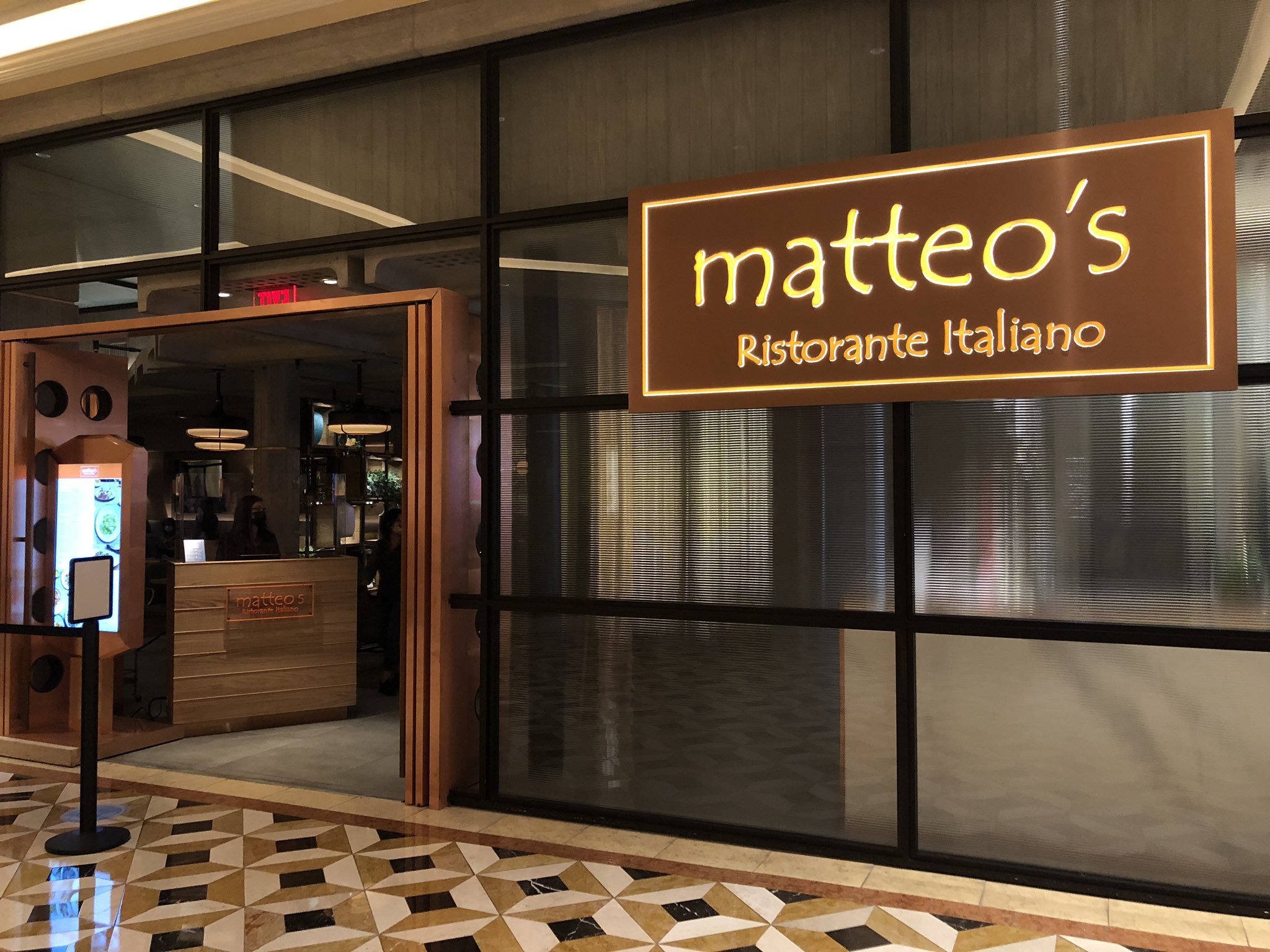




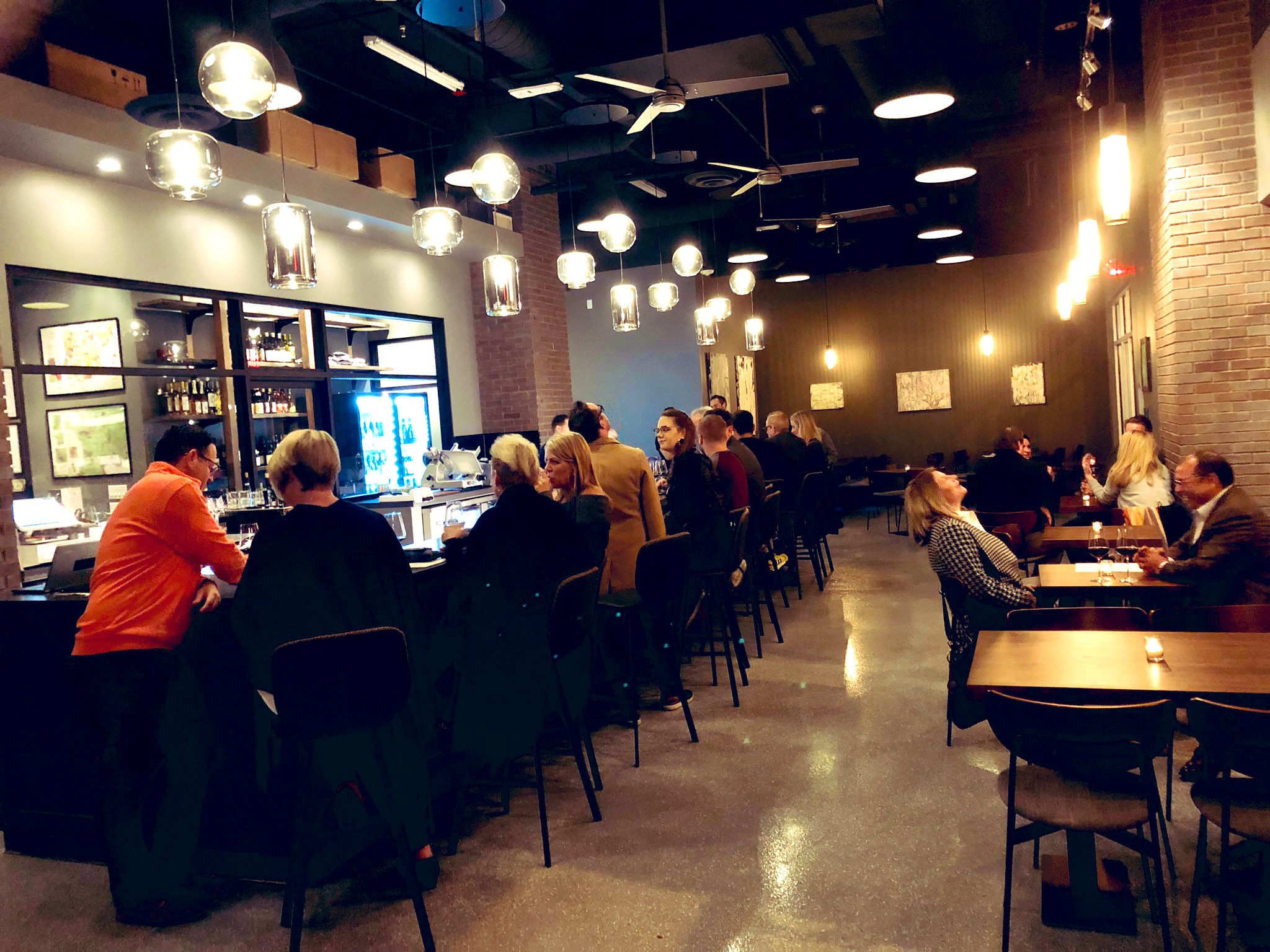 (I’ll have what she’s having)
(I’ll have what she’s having)

 (Weird-ass spirits in a wine bar? Yes!)
(Weird-ass spirits in a wine bar? Yes!)
 (Cappuccino at Writer’s Block)
(Cappuccino at Writer’s Block)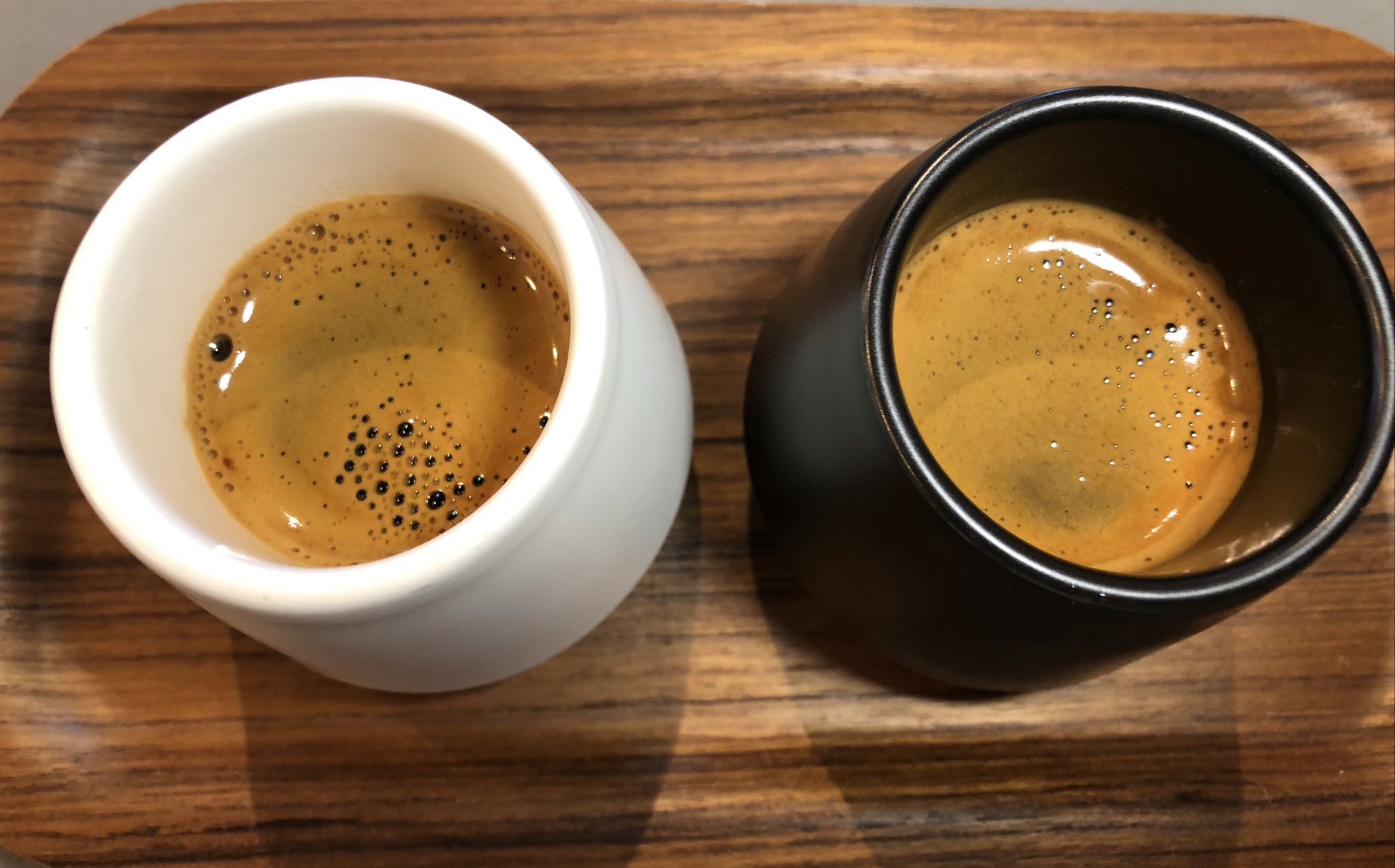 (Dueling espressos at PublicUs)
(Dueling espressos at PublicUs)

 (Egg-cellence at Vesta)
(Egg-cellence at Vesta)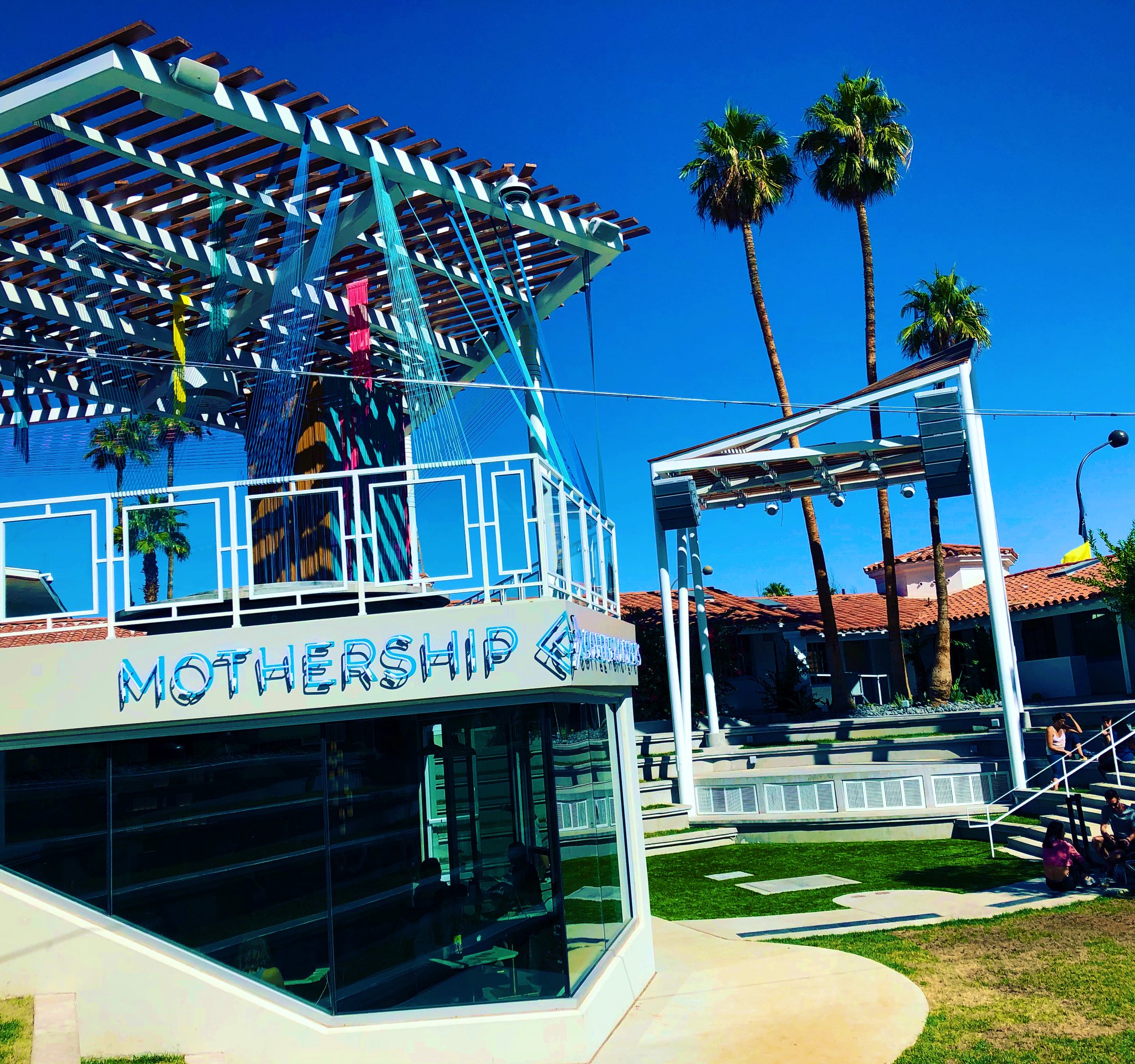
 (You’ll love getting sconed at Mothership)
(You’ll love getting sconed at Mothership)